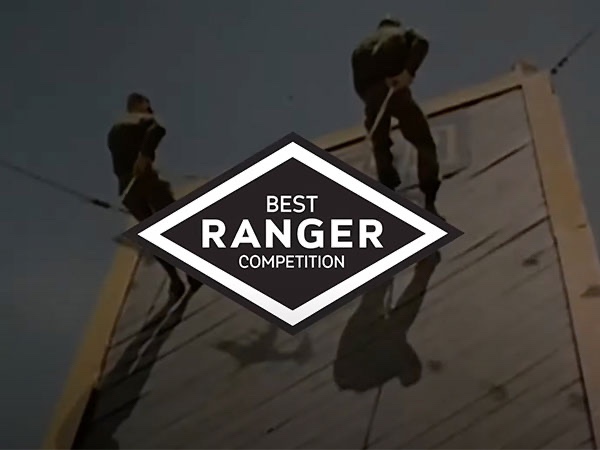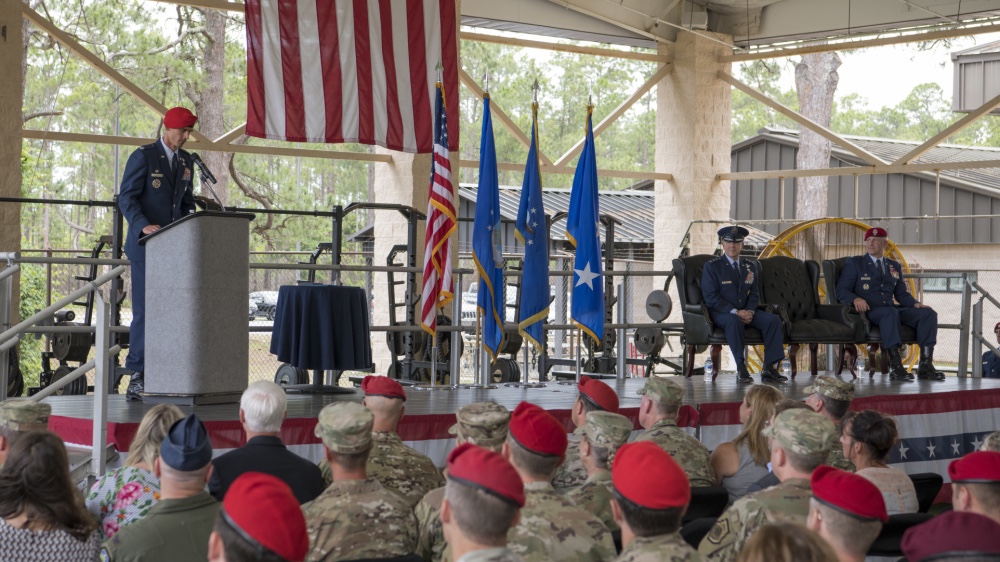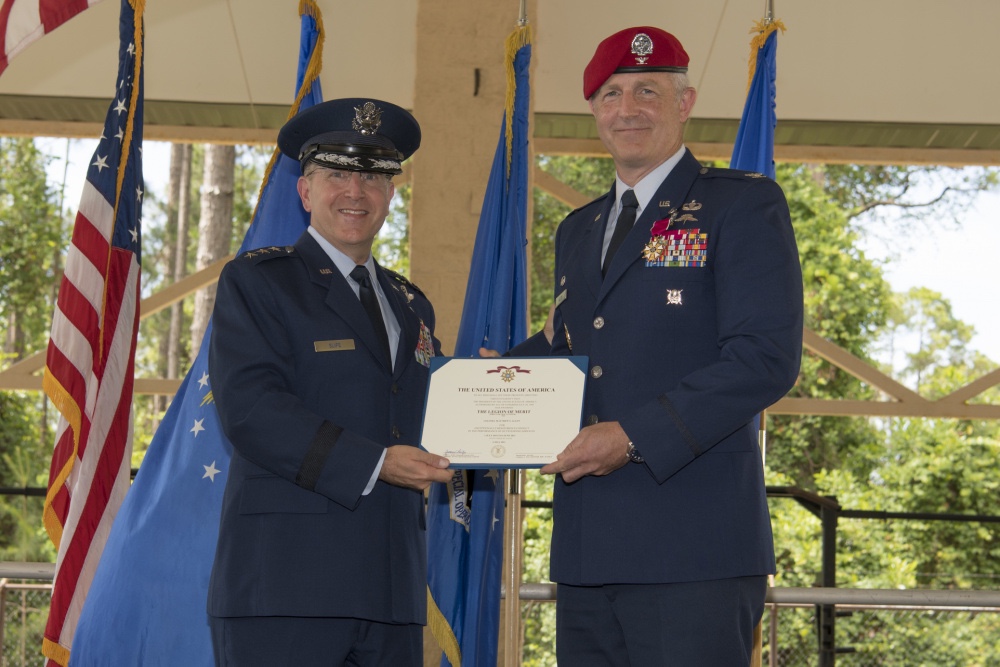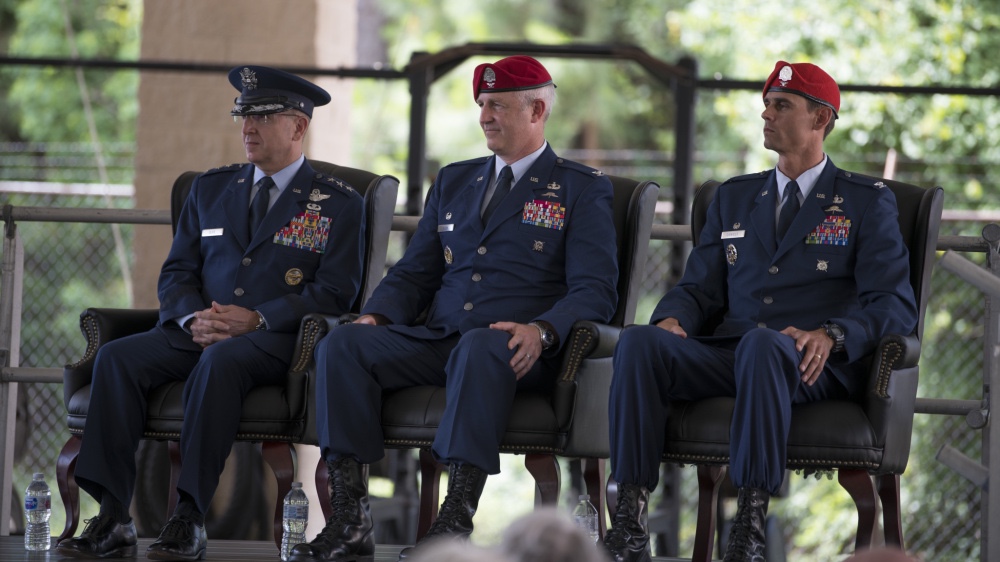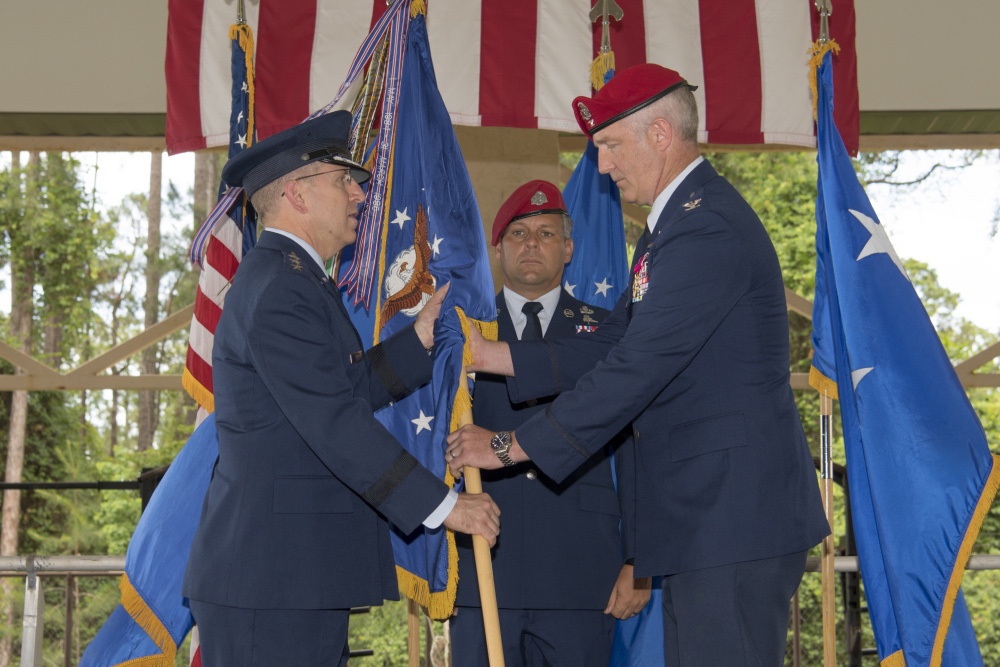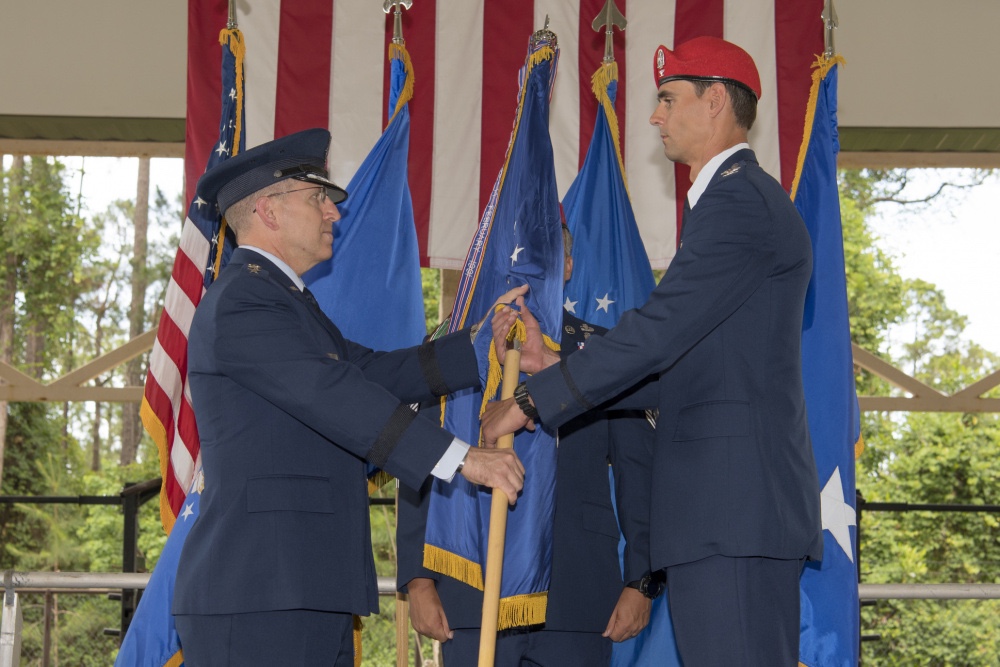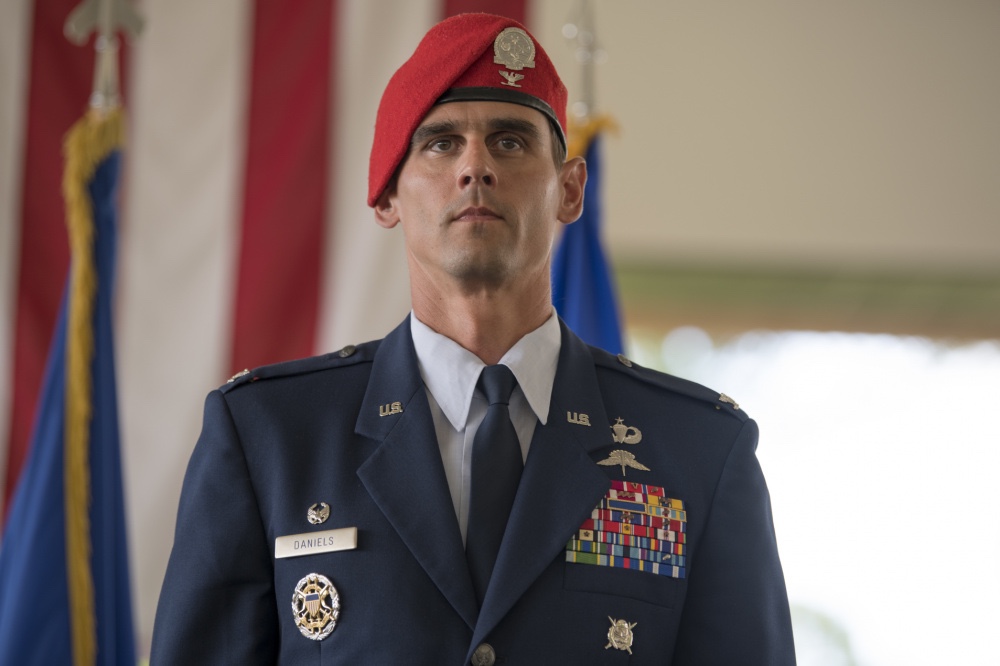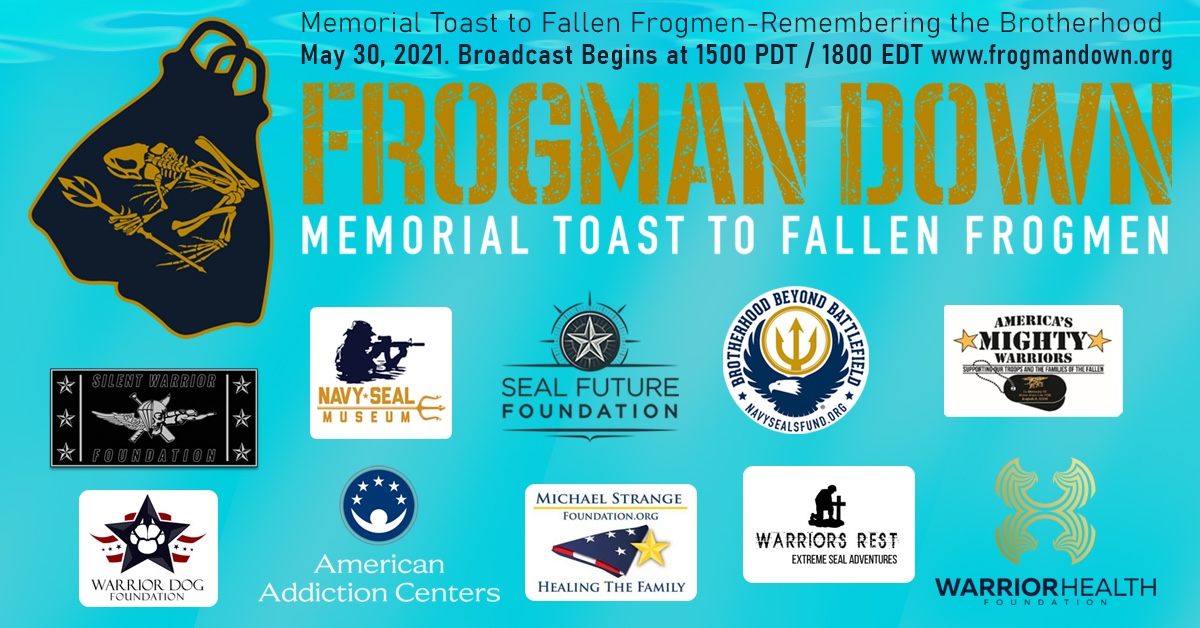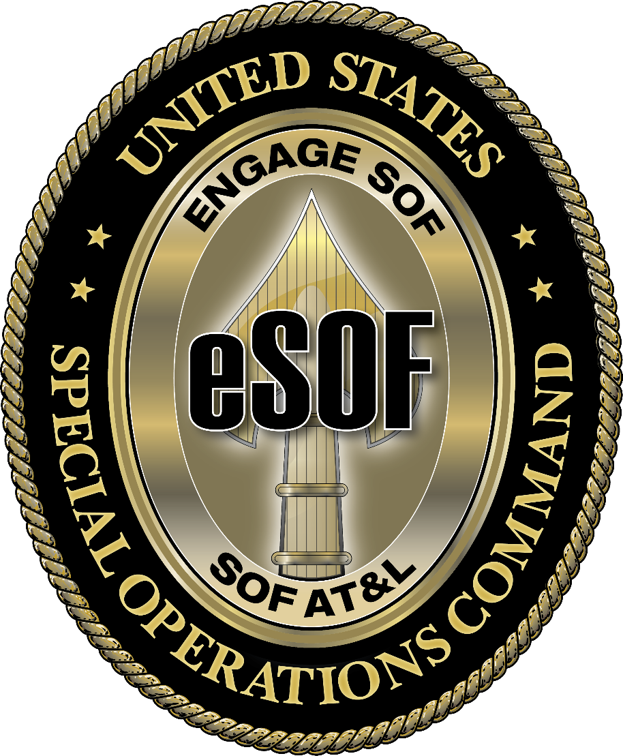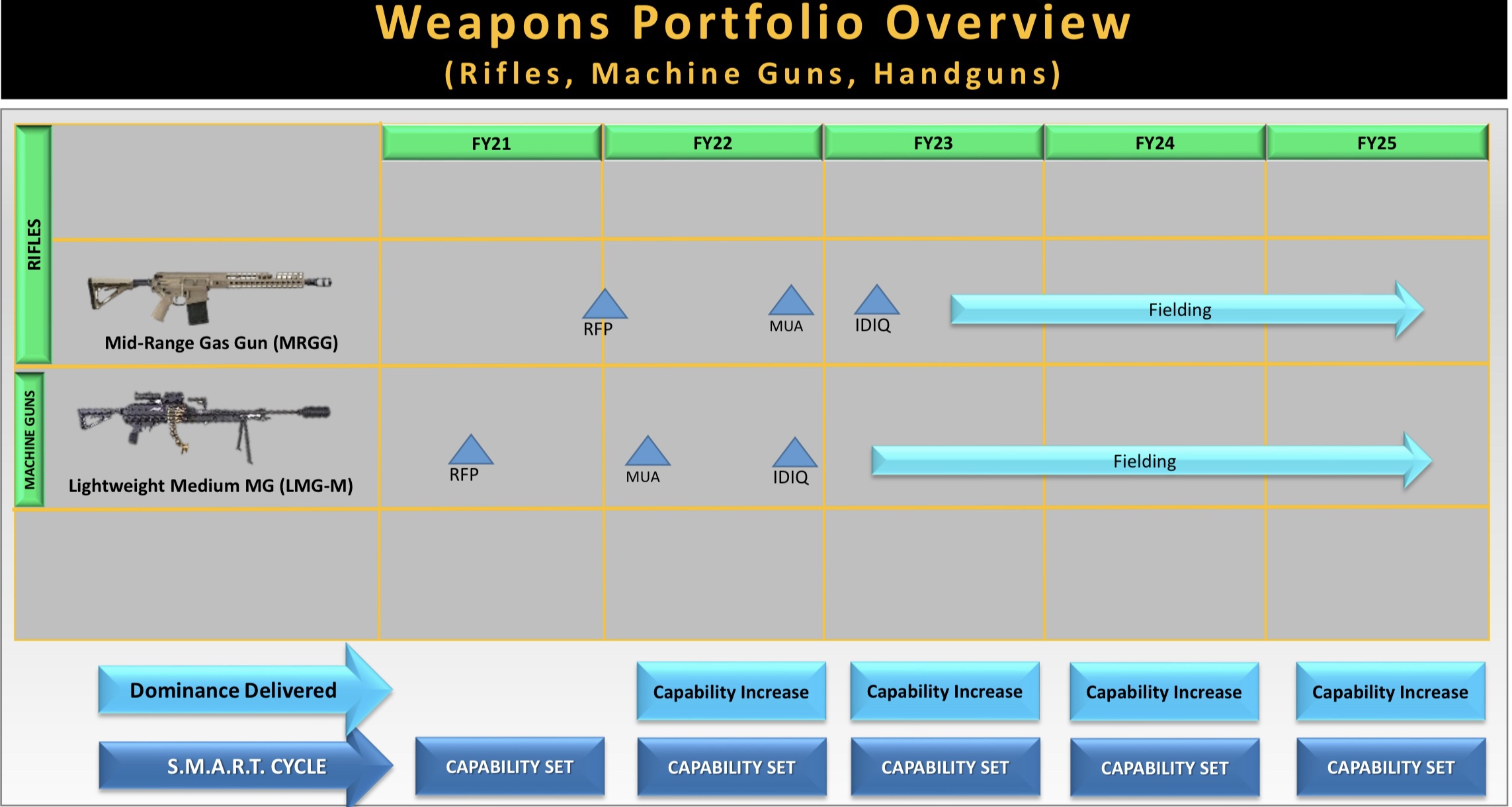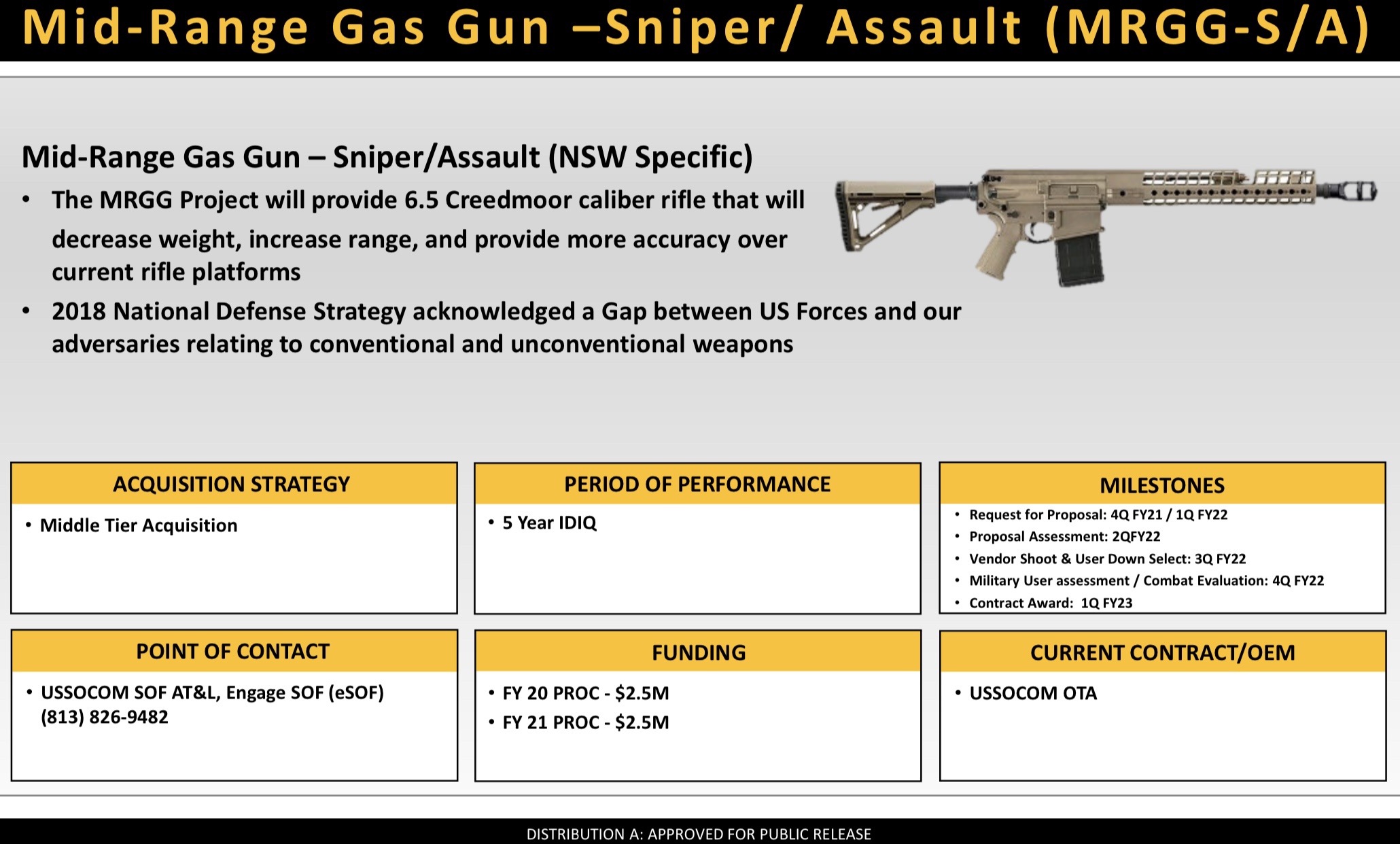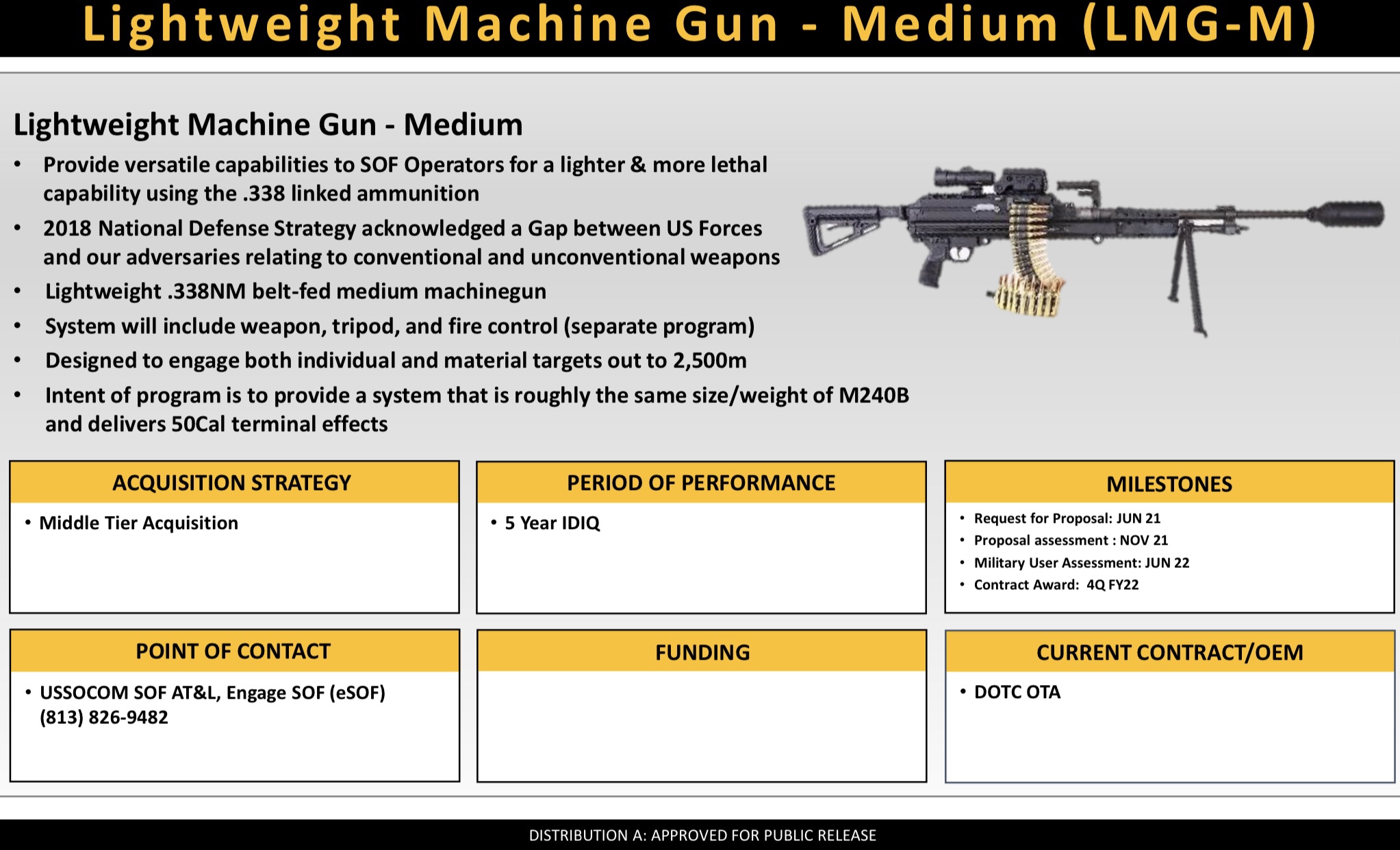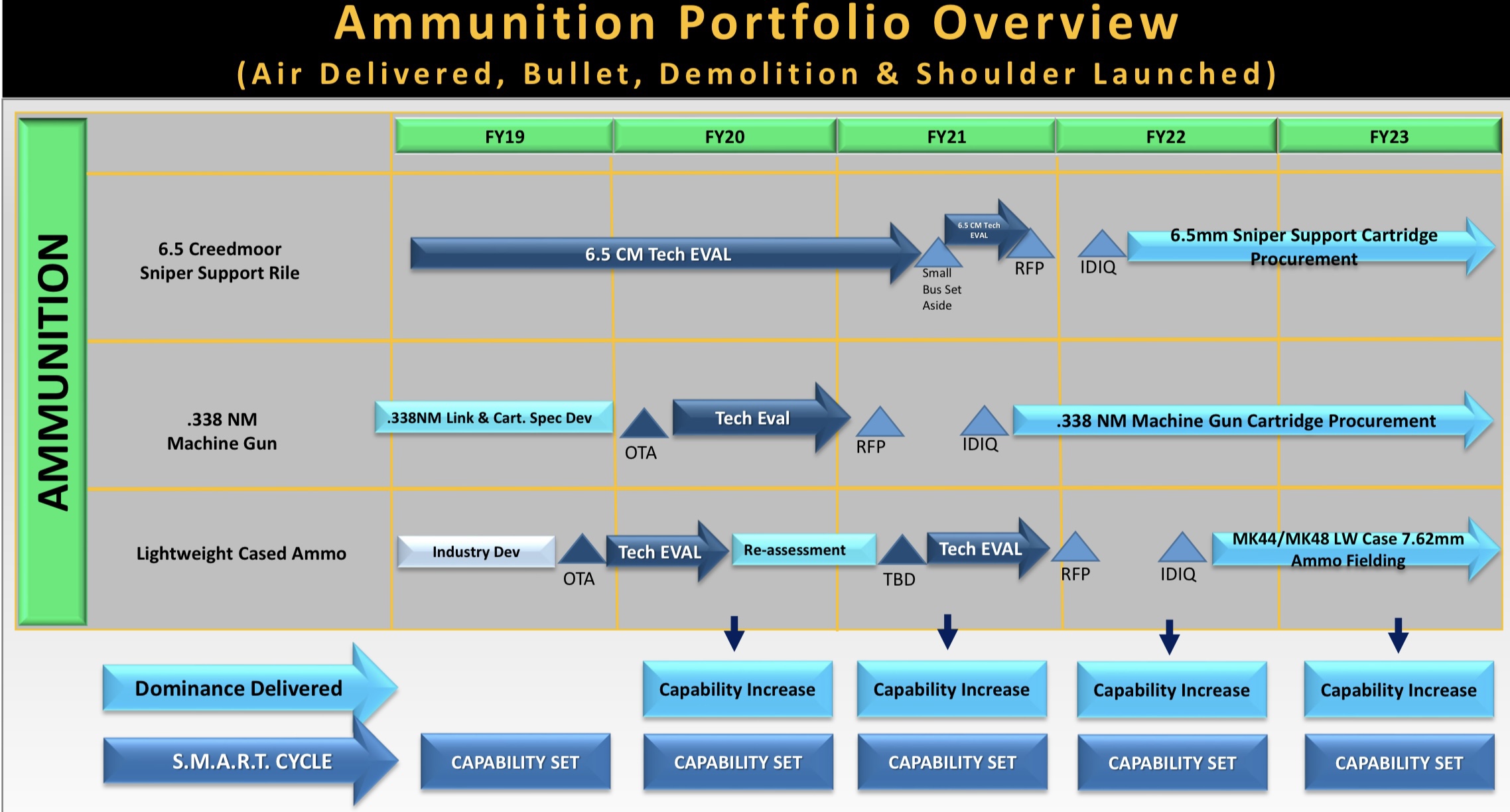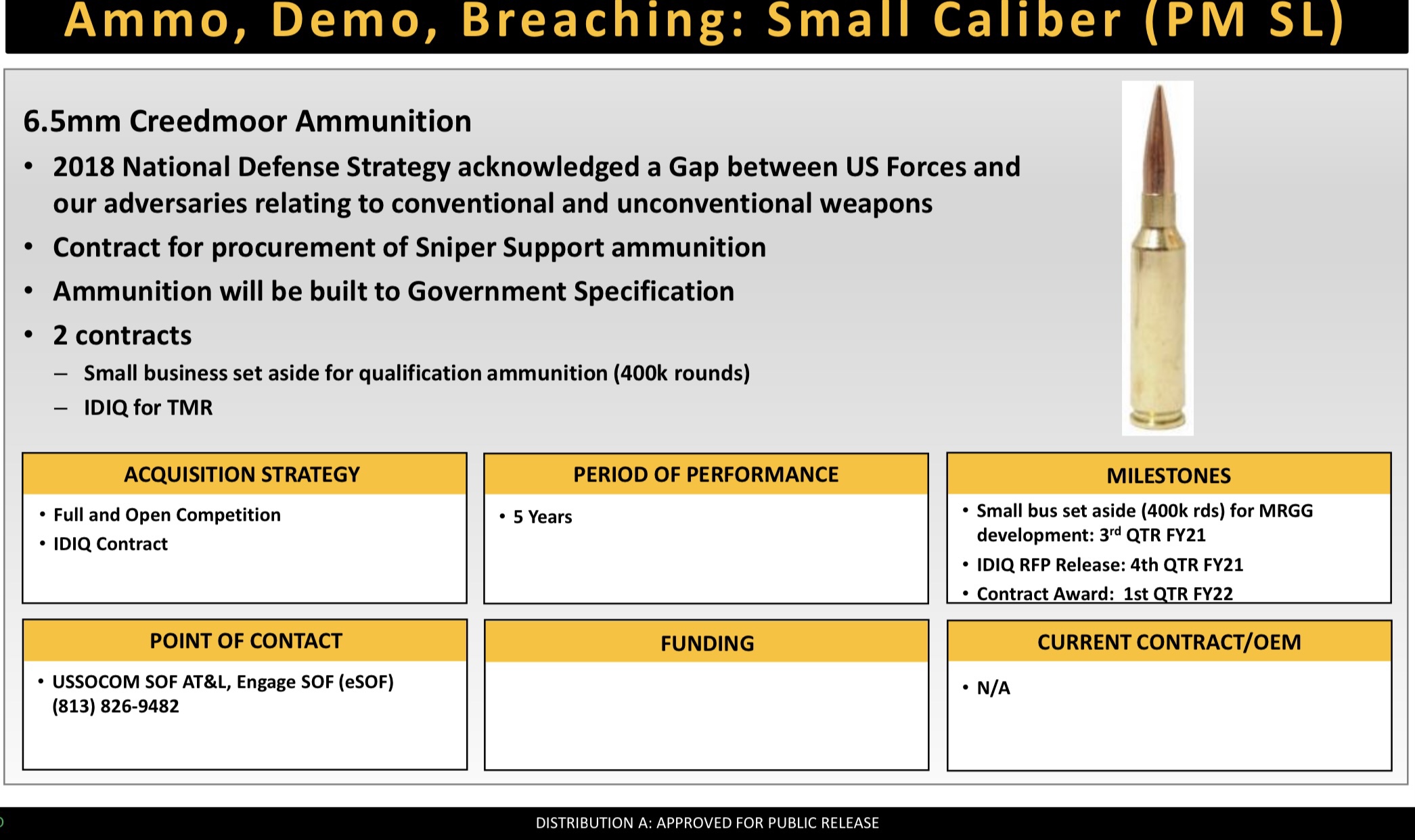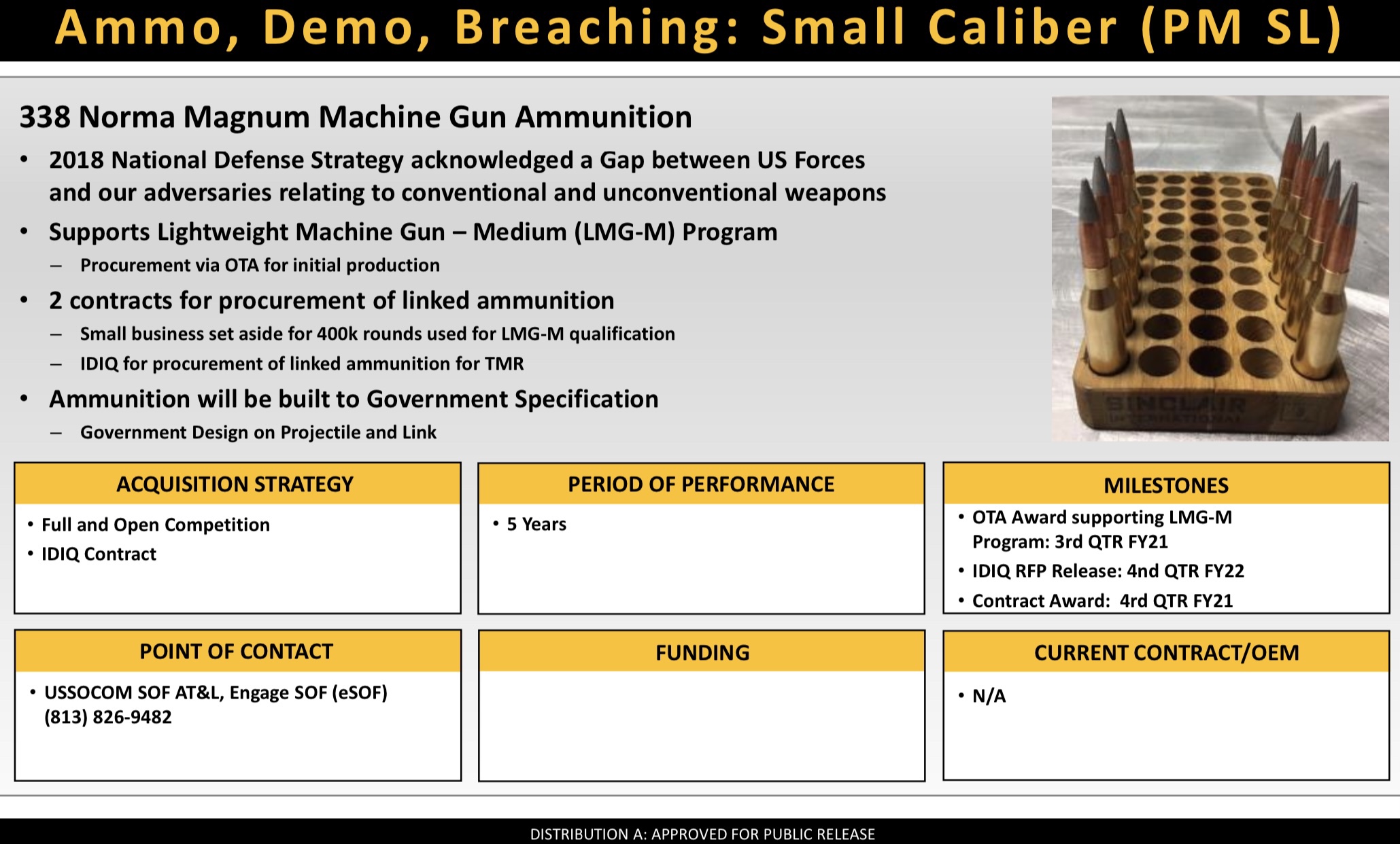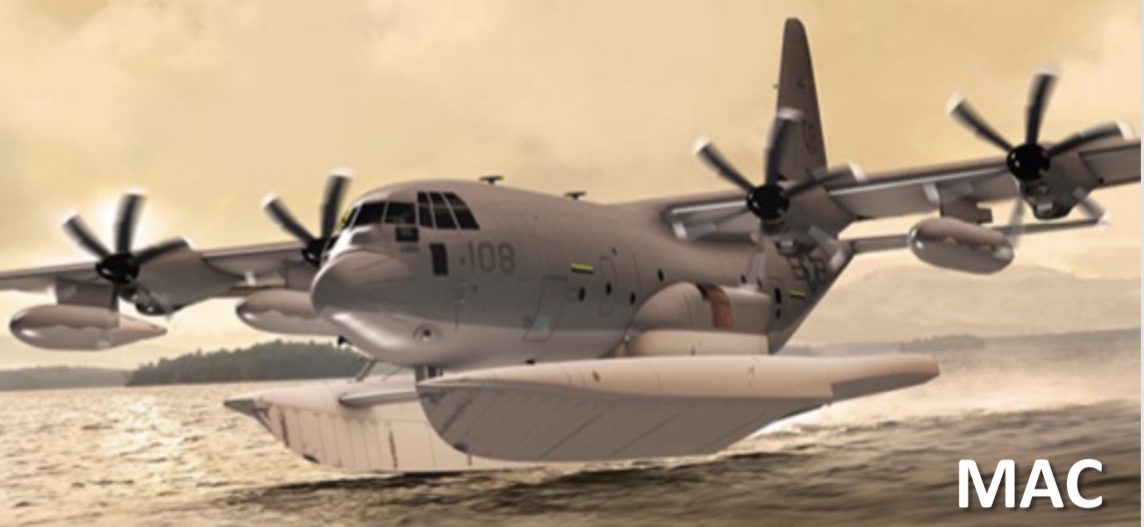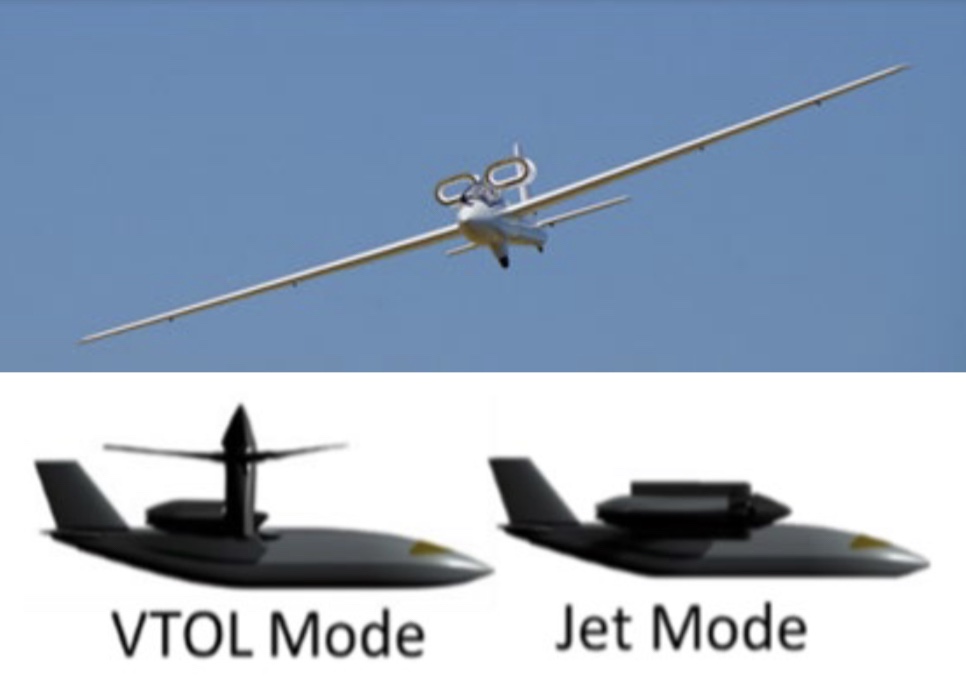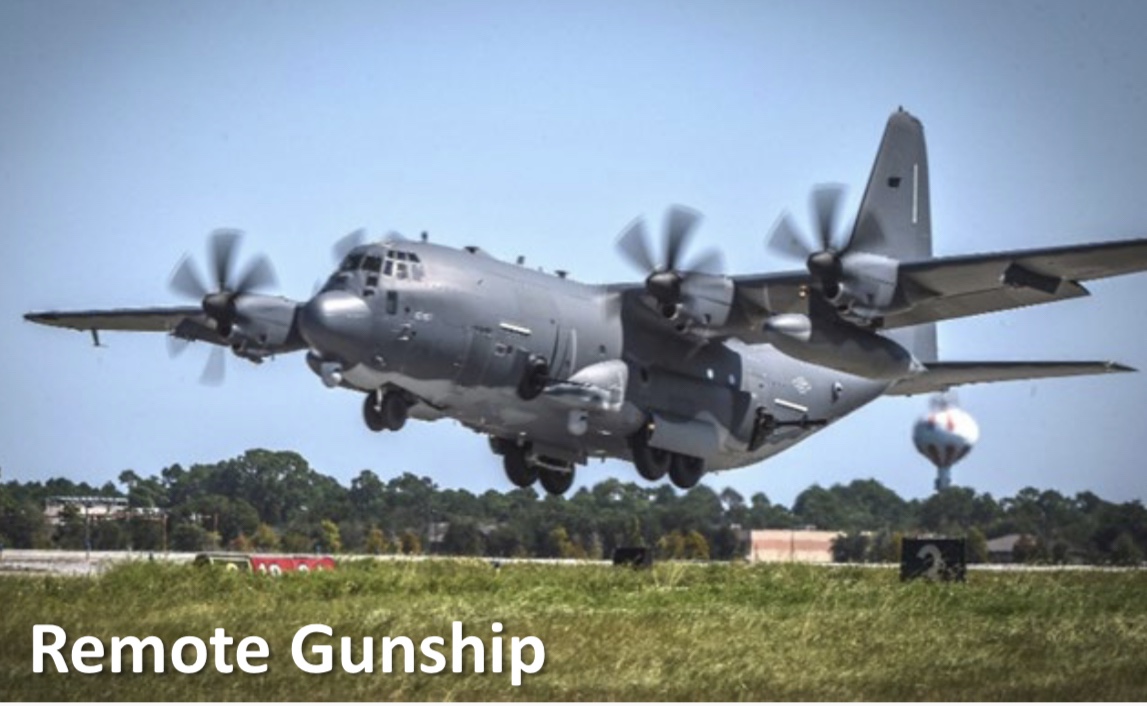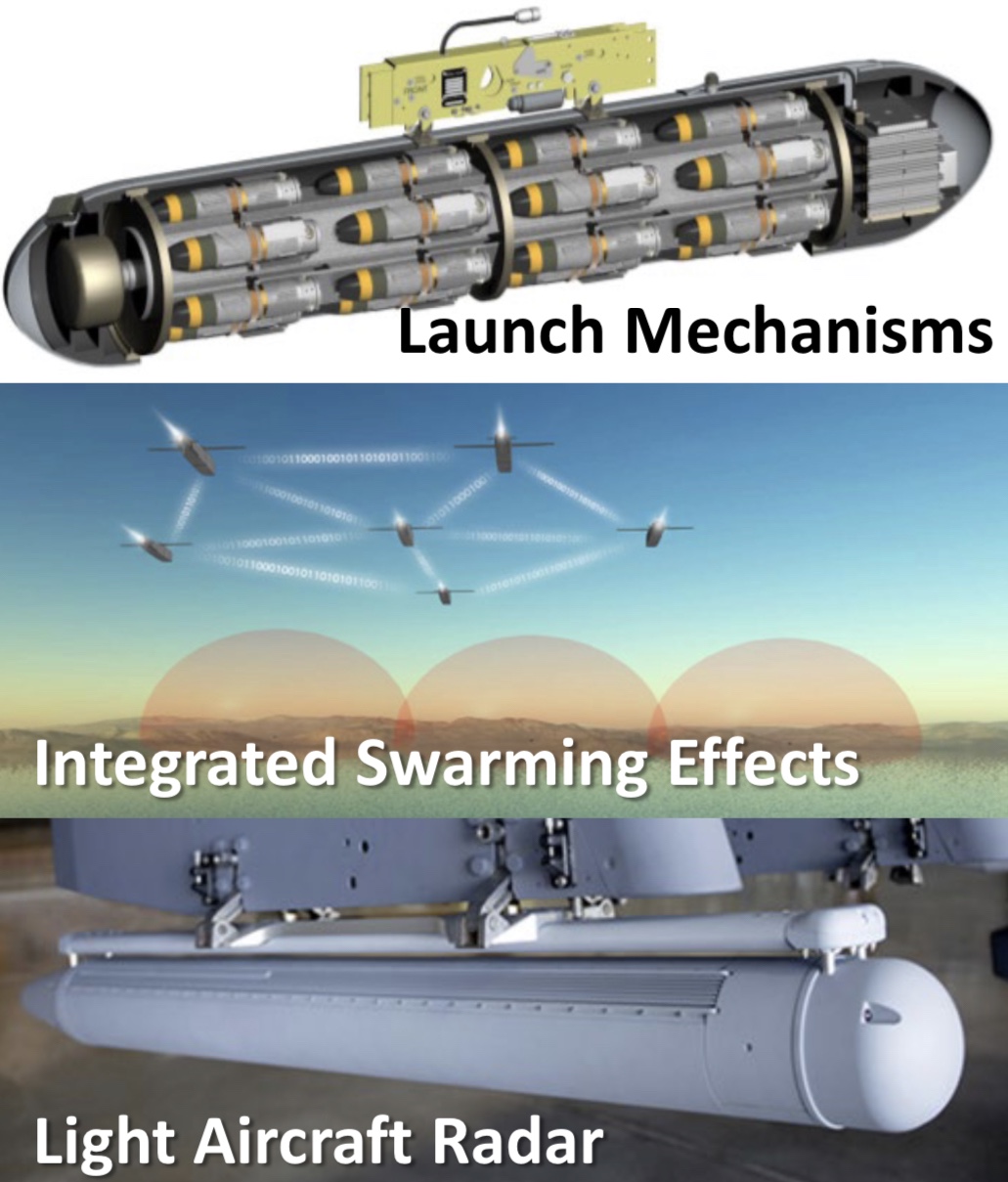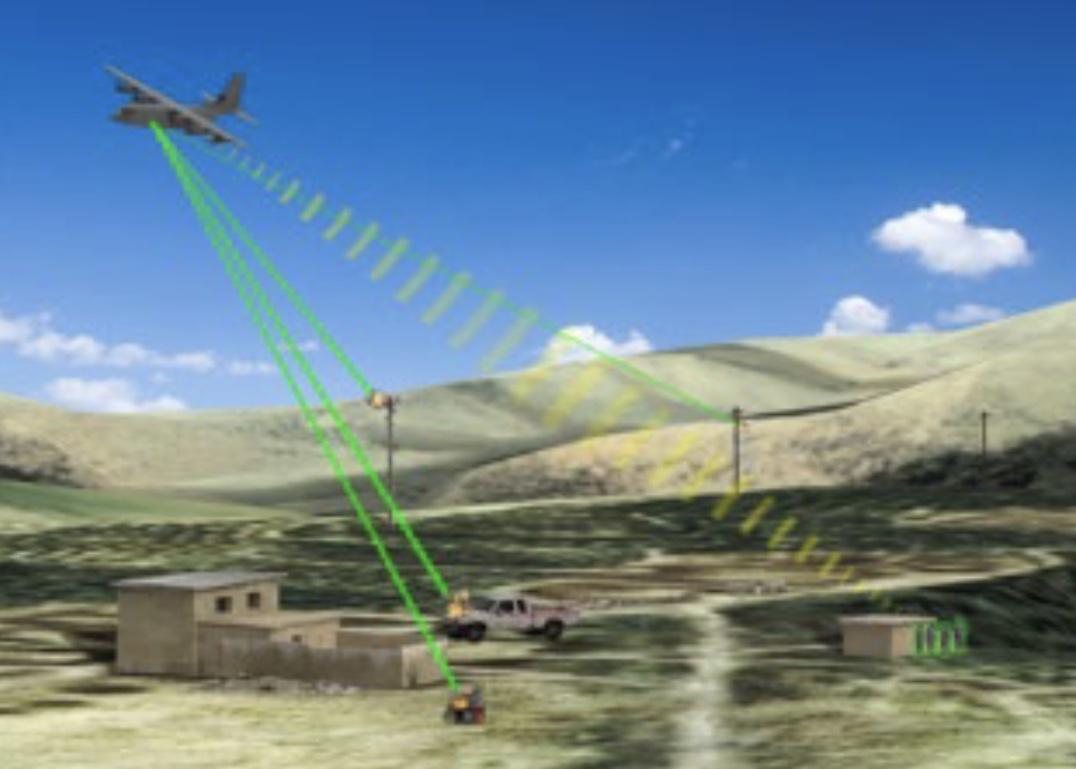Nightforce Optics is proud to announce that another variant of the ATACR product line has been selected to fill the Ranging – Variable Power Scope (R-VPS) component of the Miniature Aiming Systems – Day Optic (MAS-D) Program. The MIL-SPEC ATACR™ 4-20×50 F1 will be integrated as the Mid-Range and the Designated Marksman solutions for US Special Operations Command’s current and future anticipated Semi-Automatic Sniper Weapon Systems. The R-VPS will round out a complete family of Variable Power Scopes awarded to Nightforce Optics within the MAS-D Program.
As part of a life cycle replacement program and capabilities enhancement, the Nightforce MIL-SPEC ATACR 4-20 is optimized to provide improved target detection and identification, as well as hit probability, for engagements out to 1200m.
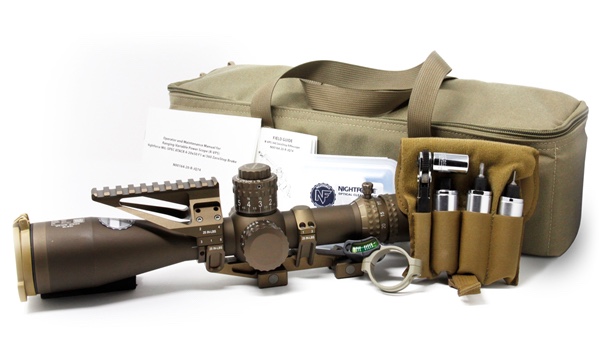
“We are both proud and humbled to realize another Nightforce ATACR model selection within the VPS family of scopes for USSOCOM. While a new benchmark for us, the real benefit is the continuity it brings to the end user. Now, regardless of weapon system, they will have commonality in adjustment features and ancillary components ”, said Nightforce’s MIL-GOV-LE Business Development Manager, Tod Litt.
The Nightforce MIL-SPEC ATACR 4-20 offers excellent performance in intermediate range target detection as well as reliable mechanical adjustment. The optic feature Nightforce’s exceptional ED glass, 0.1 Mil-Radian adjustment value for both windage and elevation, the Horus Vision TREMOR3 reticle, and a tan, hardcoat anodized finish. Like the previous VPS Program solutions the R-VPS is provided as a system, utilizing a purpose-built Nightforce scope mount and laser range finder integration platform. When employed as a complete solution, the SOF end-user’s ability to detect, range, and receive a firing solution correlates well with the semi-automatic weapon capability it is intended to enhance.
The new optics are to augment multiple systems in the SOCOM inventory and are intended to support the MRGG (Mid-Range Gas Gun) once it is fielded.
For more information on Nightforce Optics, please visit www.nightforceoptics.com, or for more details on military contracts, email Glenn Lass, MIL-GOV-LE Program Manager at glass@nightforceoptics.com.


